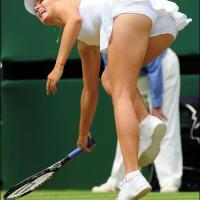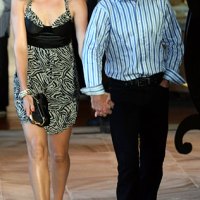Samantha Stosur believes she will cope much better with the pressure of playing in her home tournament when the Australian Open gets under way next month. A first-round success at the Brisbane International (January 2-8) could secure the 26-year-old a coveted top-four seeding at Melbourne Park and avoid facing a higher-ranked opponent until at least the semi-finals. Stosur bowed out of the 2010 Australian Open at the fourth round stage, but hopes to improve on that after a stellar season that saw her reach the final of the French Open.
“It was quite difficult last year, it was harder than what I thought it was going to be and I thought I was ready for all the hype and the extra attention, but didn’t really handle it too well in the first couple of weeks. “But as the Aussie Open went on, I started to feel a bit more comfortable and started playing quite well. “So now that I’ve had a good taste of that, not only January this year but throughout the whole year, I think I’ll be much better prepared. “I guess it’s a matter of just keeping your head and really focusing on what’s important and that’s getting on the court and being prepared for matches.”
Stosur also believes that being able to train in Australia will give her an advantage. “I’m one of the few players that are here now training – on the (Plexicushion) court, in the sun, getting used to the conditions, so I think it can only help throughout January,” she said. “It’s not so easy for the Europeans who have been in winter or training somewhere else. “They’ve got to have a long flight over here, a short preparation going into the first couple of tournaments, so hopefully it will put me into a good spot.”














































